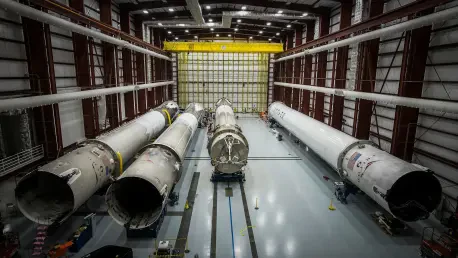
In a world increasingly reliant on interconnected systems, the challenge of maintaining seamless connectivity across vast and varied landscapes has become a critical barrier for industries like logistics, agriculture, and energy. Imagine a fleet of trucks transporting vital goods across remote

In an era where the night sky is increasingly dotted with artificial stars, a peculiar and concerning phenomenon has emerged: Starlink satellites, part of SpaceX's ambitious project to blanket the globe with internet access, are reentering Earth's atmosphere at an alarming rate of one to two per

Imagine a world where connectivity knows no boundaries, where even the most remote corners of the planet—be it vast deserts, endless oceans, or isolated mountain ranges—can access cutting-edge communication technology without the need for expensive infrastructure. This vision has taken a monumental

I'm thrilled to sit down with Vladislav Zaimov, a seasoned telecommunications specialist whose deep expertise in enterprise telecommunications and risk management of vulnerable networks makes him a leading voice in the evolving field of quantum-safe connectivity. Today, we’ll explore the urgent

In an era where military power extends beyond the traditional domains of land, sea, and air, space has emerged as a pivotal battleground that shapes the security of nations worldwide, posing significant challenges to NATO. Russia's accelerating development of anti-satellite (ASAT) capabilities

In an era where space technology is advancing at an unprecedented pace, a remarkable story emerges from the University of Pittsburgh, where two students have made significant strides in satellite innovation. Dikchhya and Nischal Kharel, cousins and engineering students at the Swanson School of